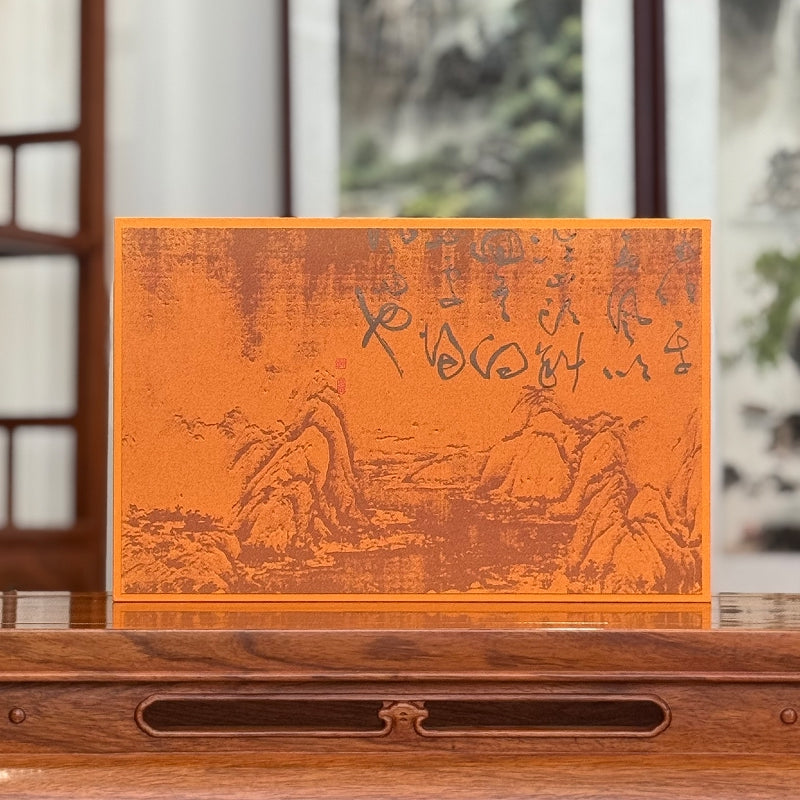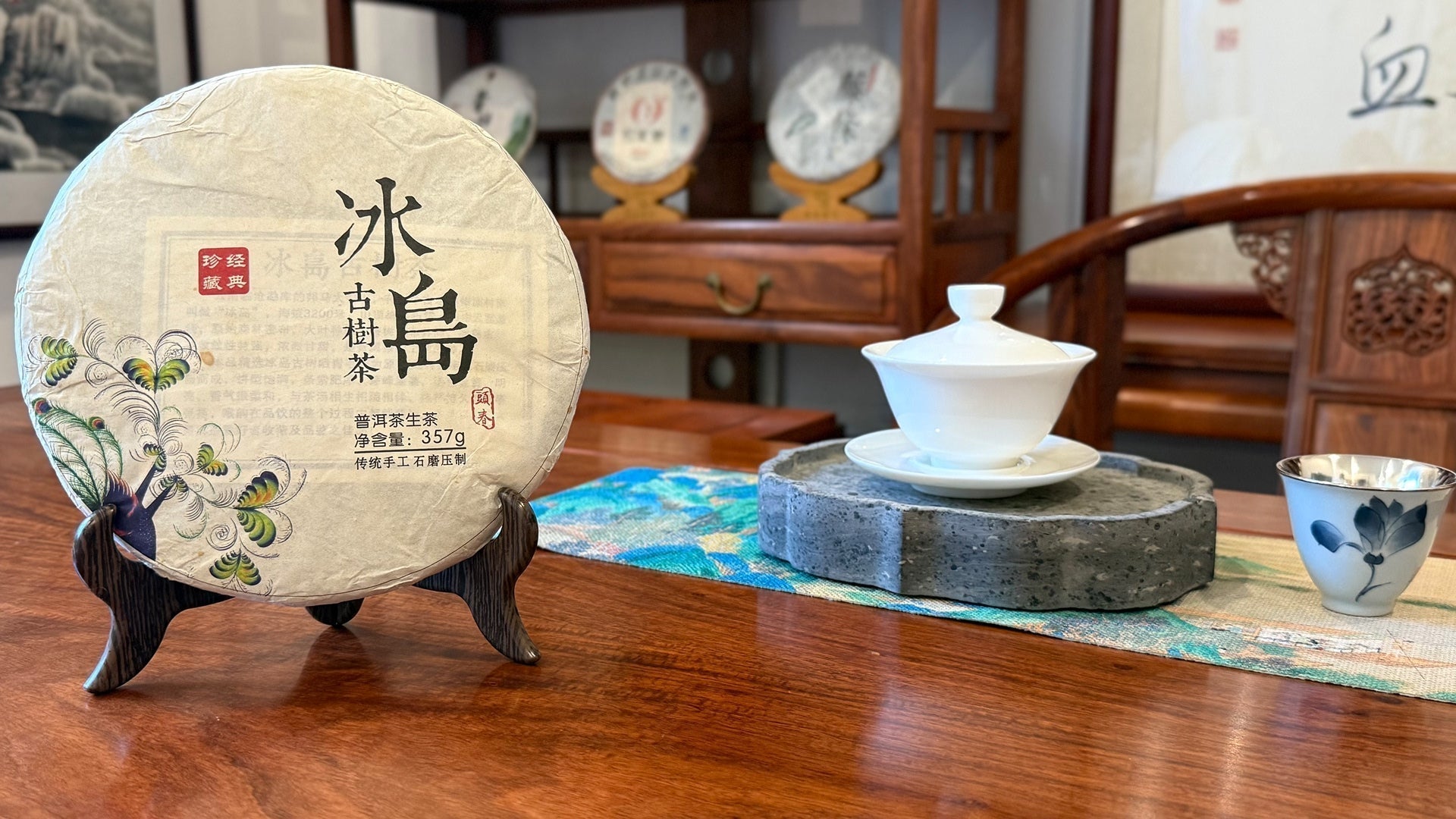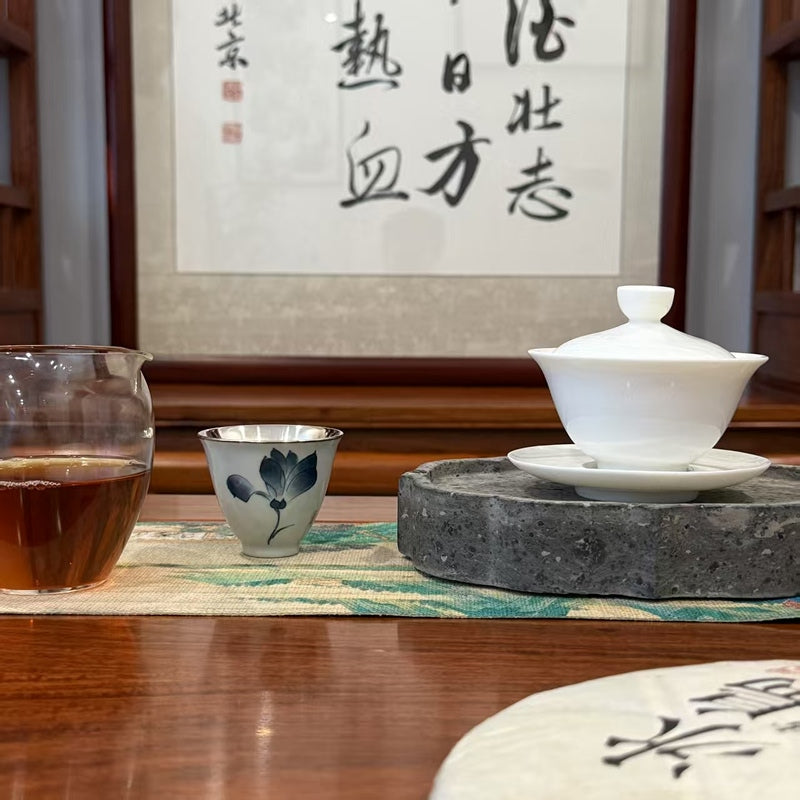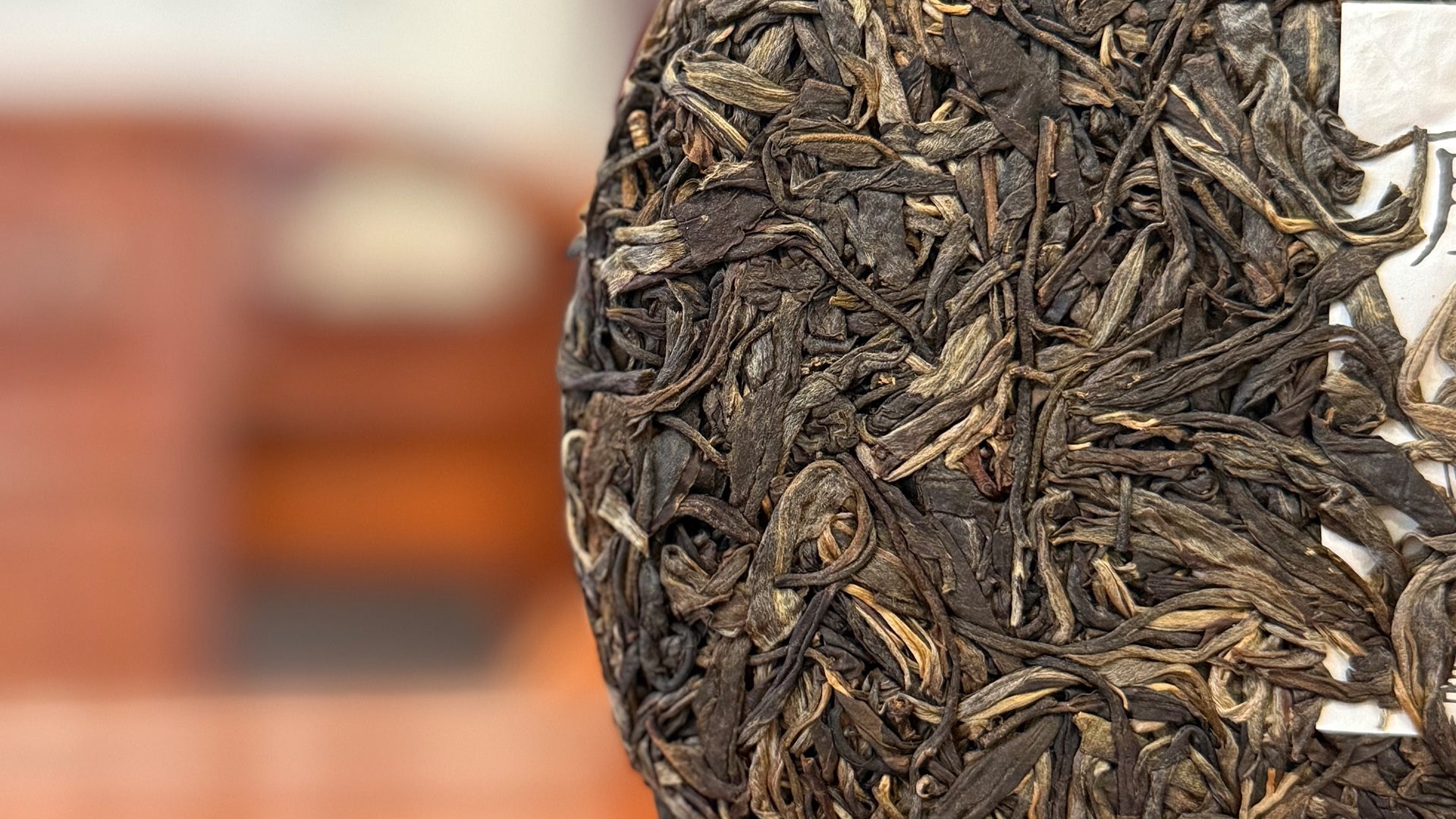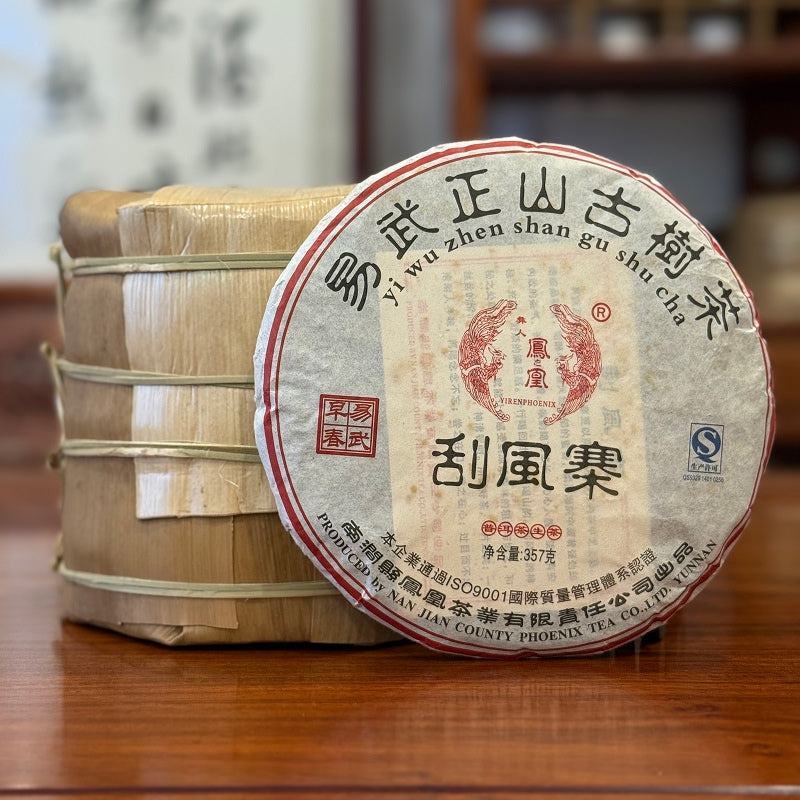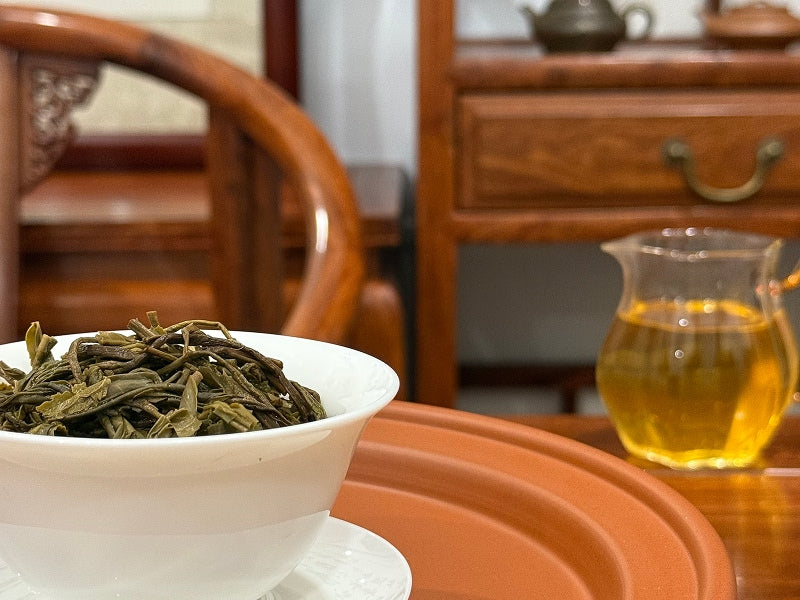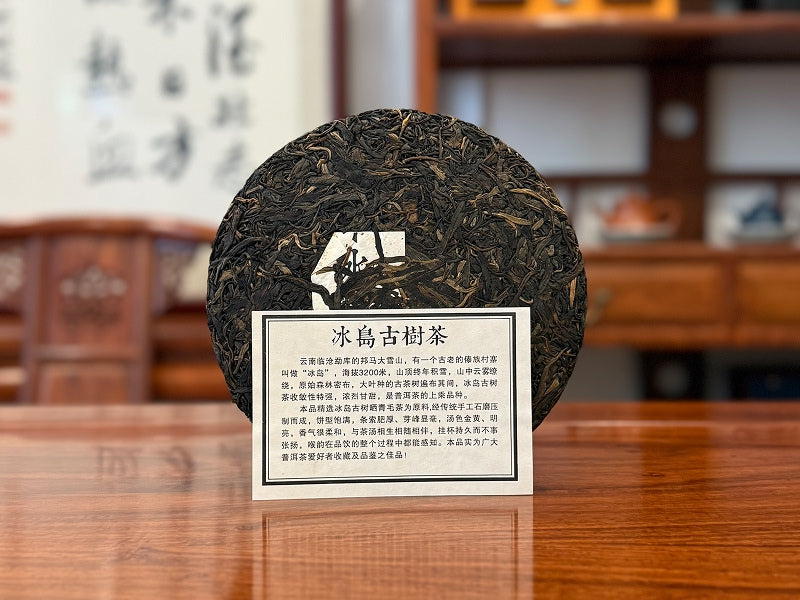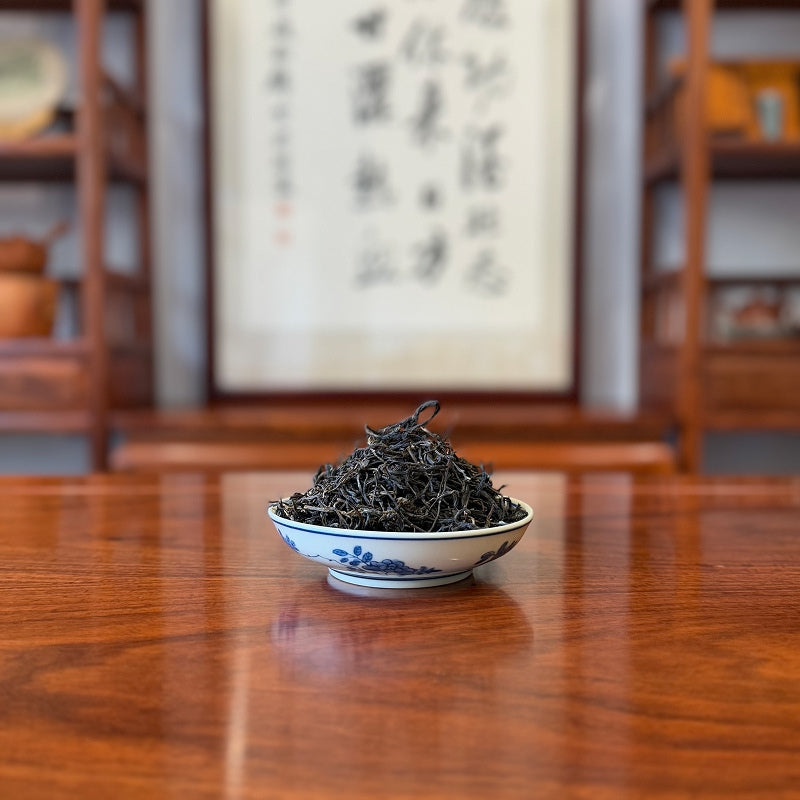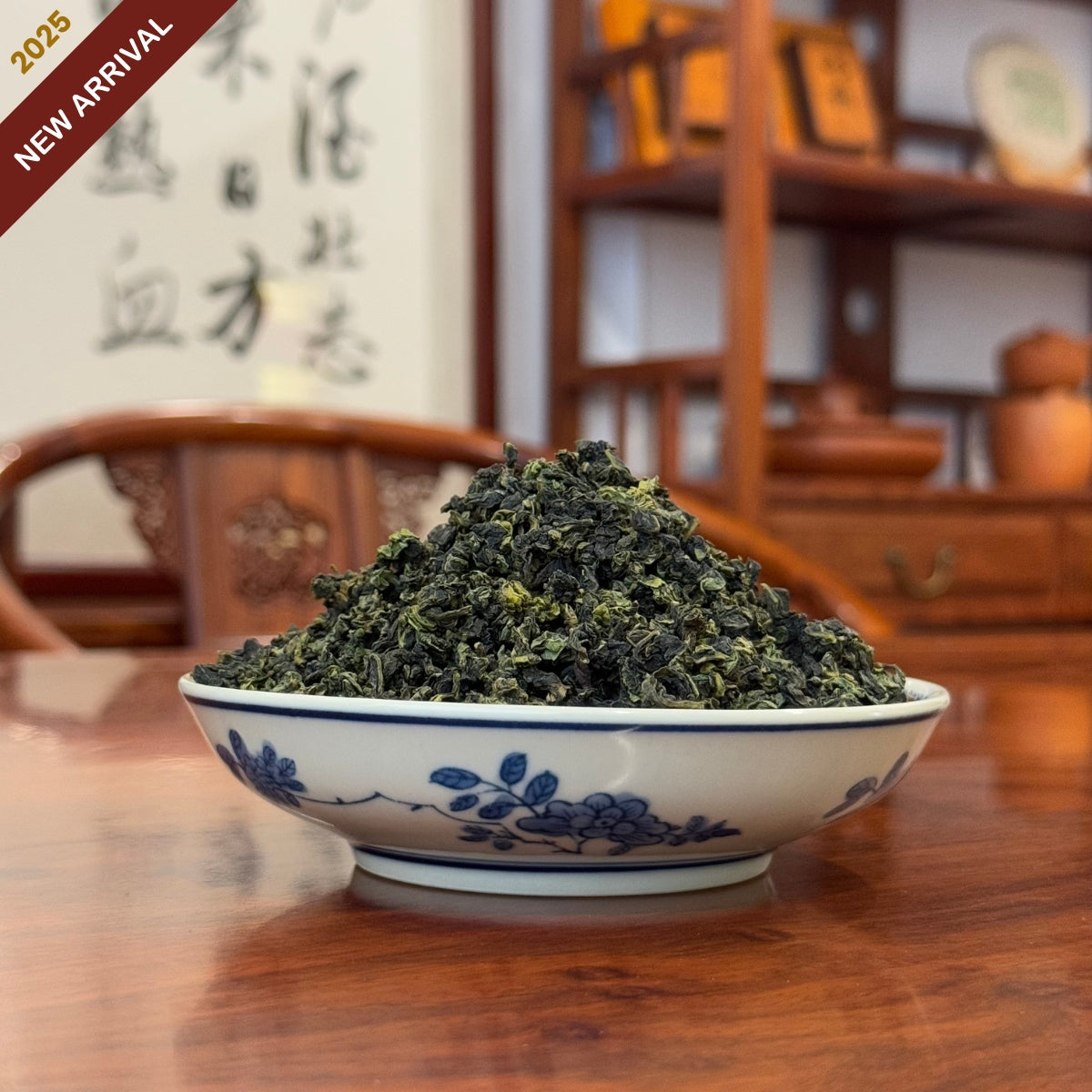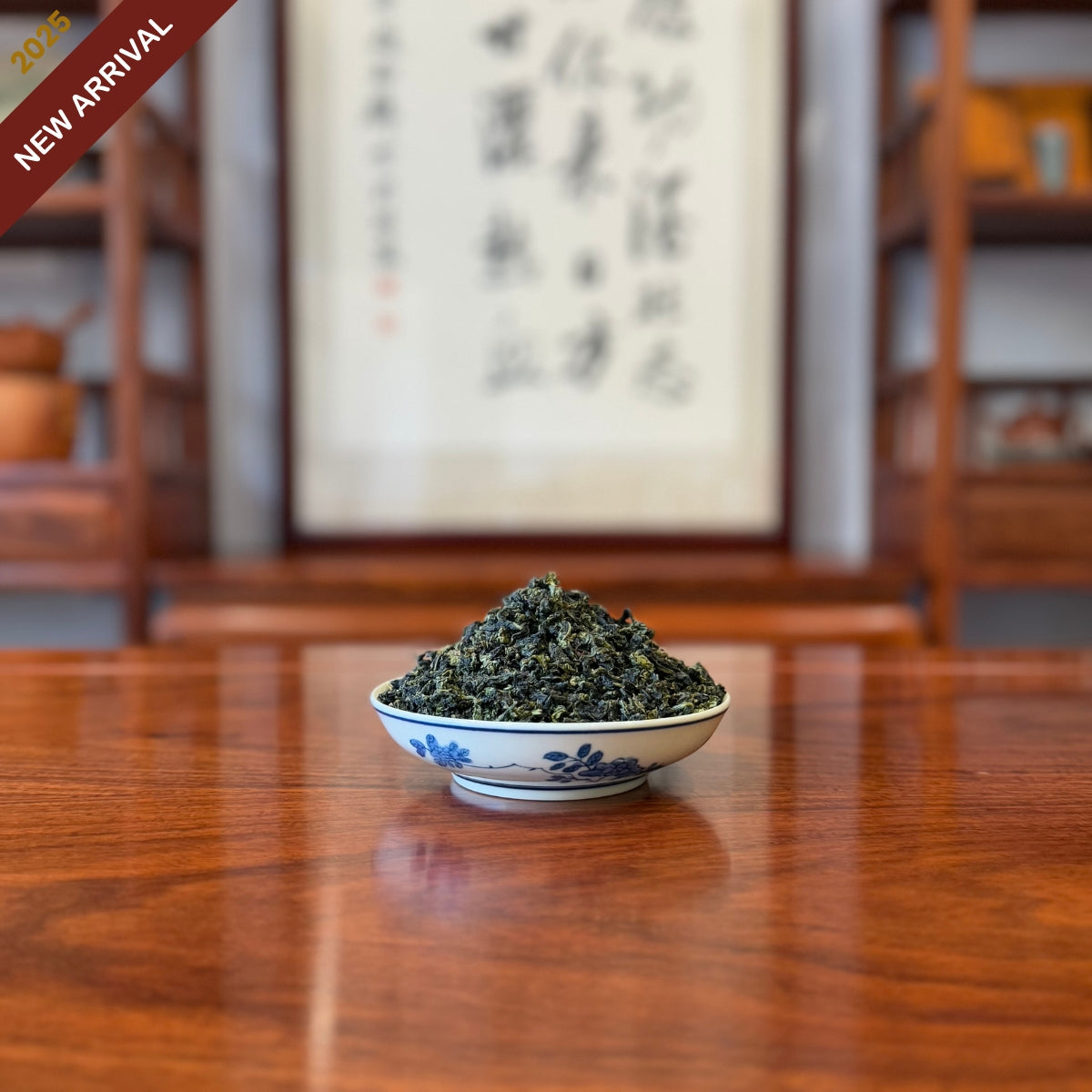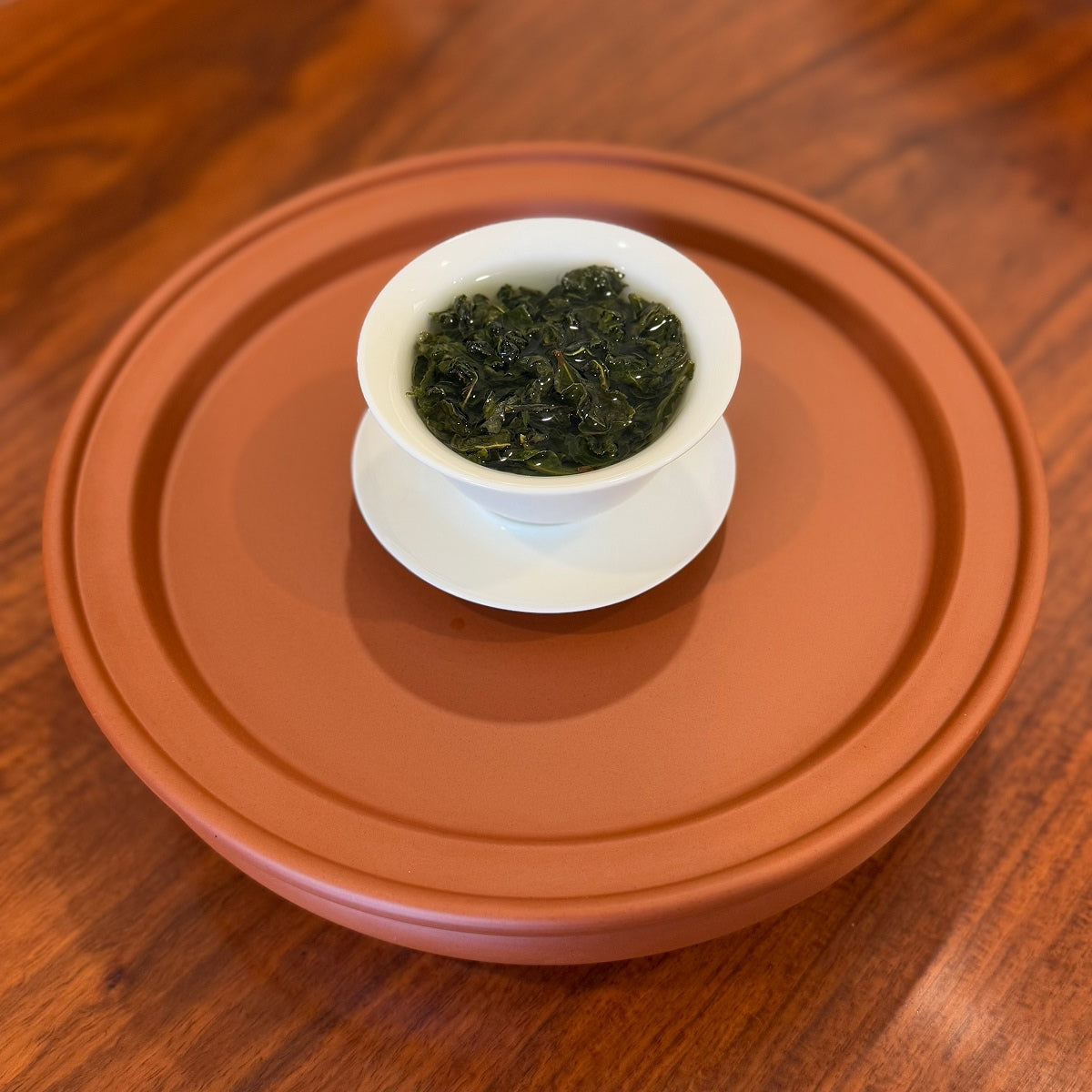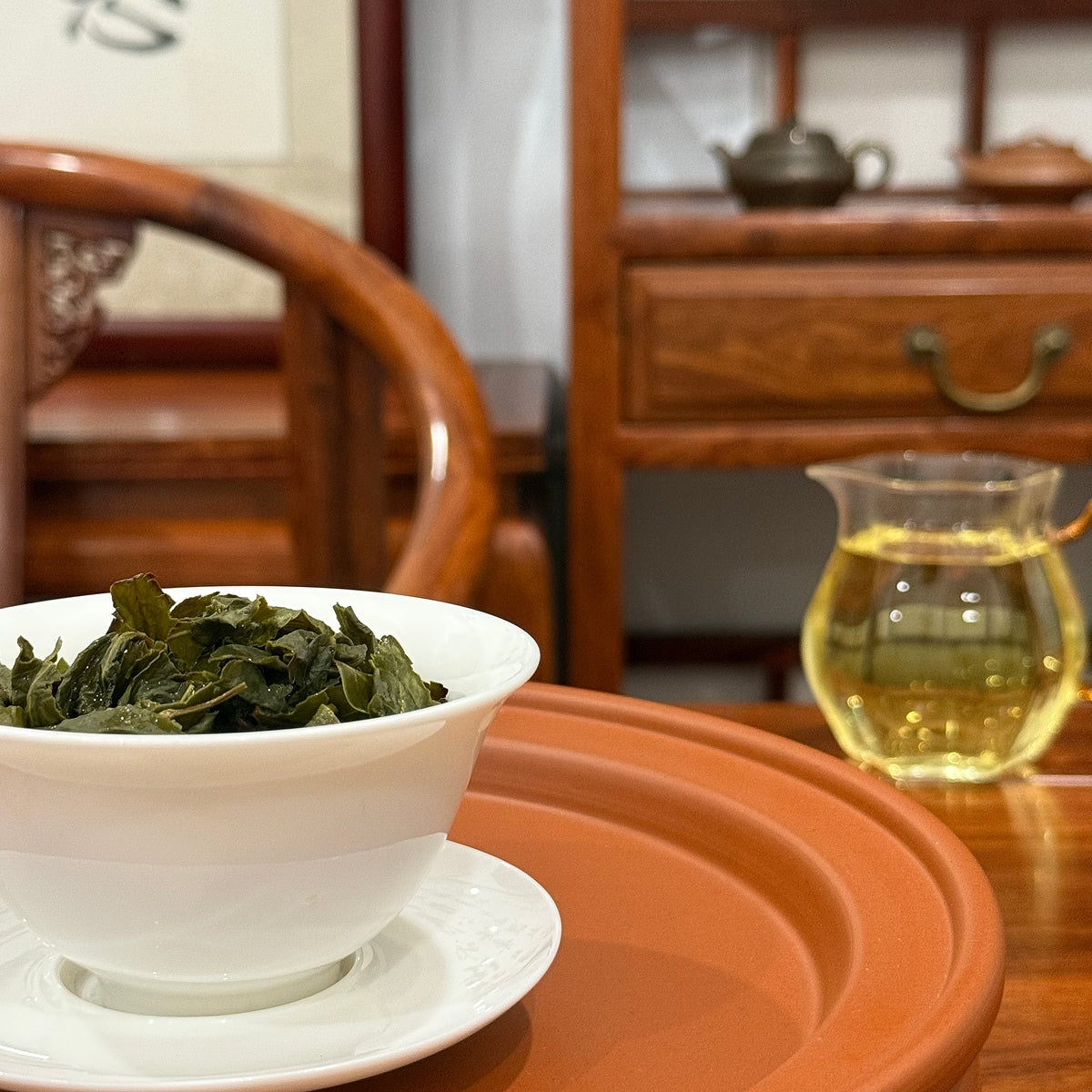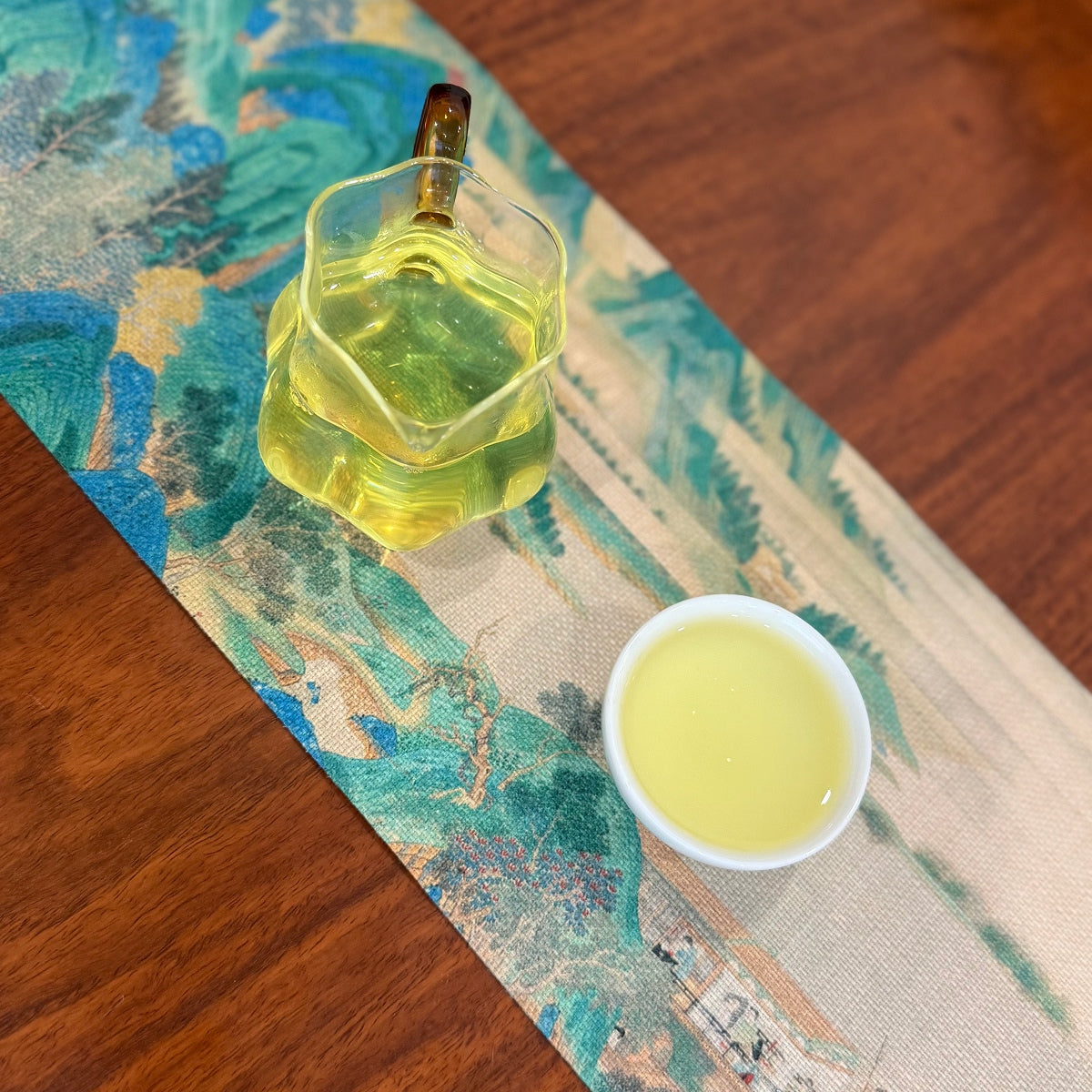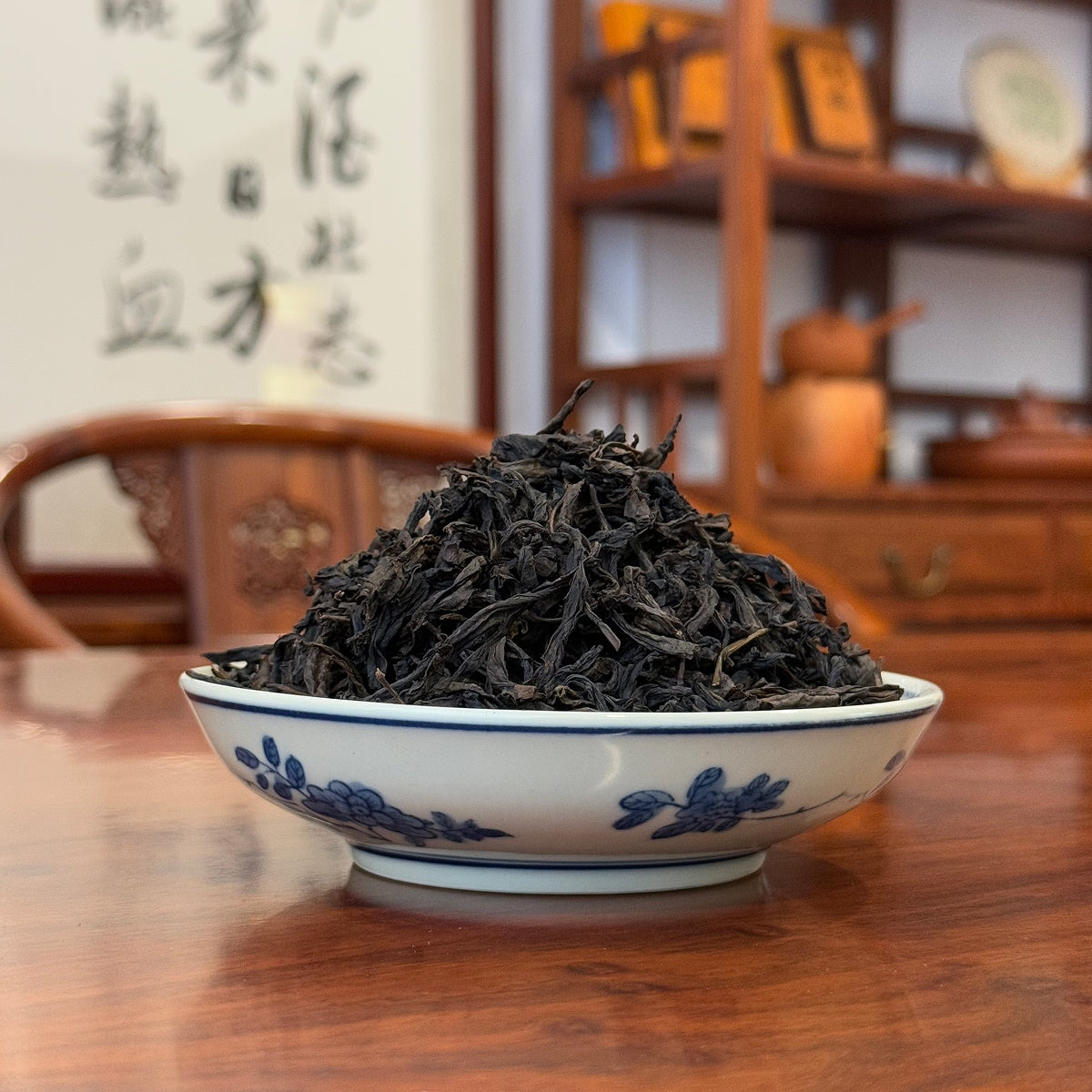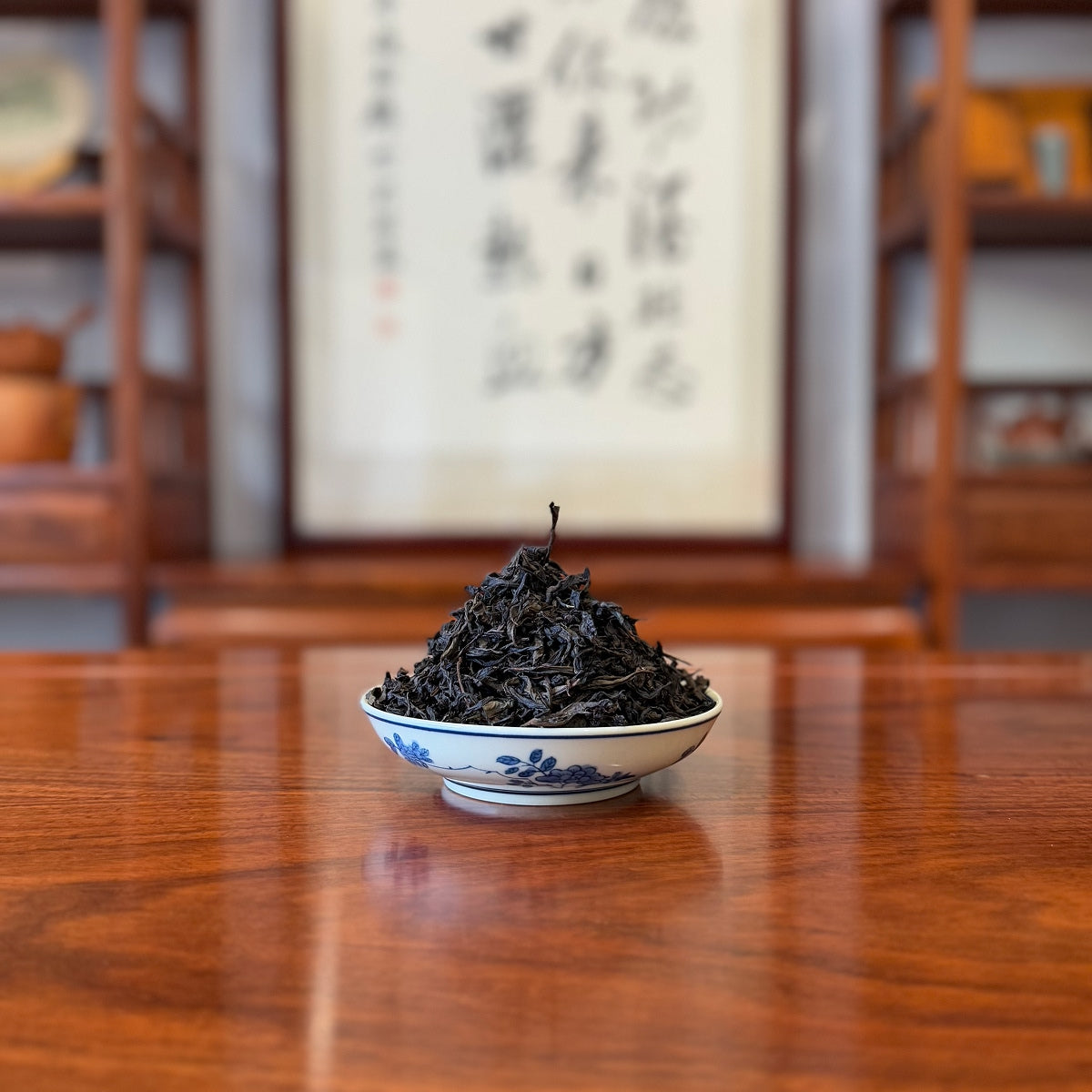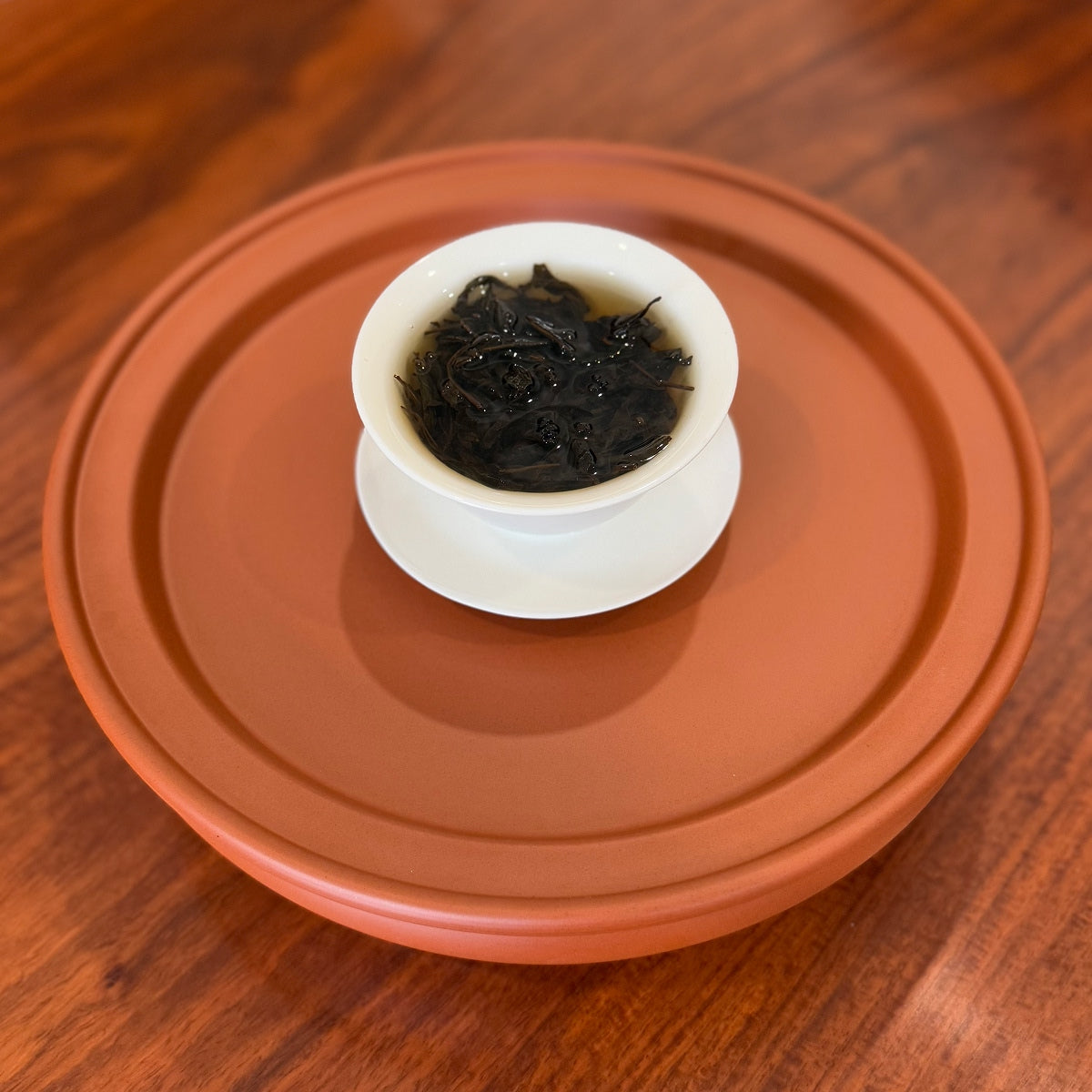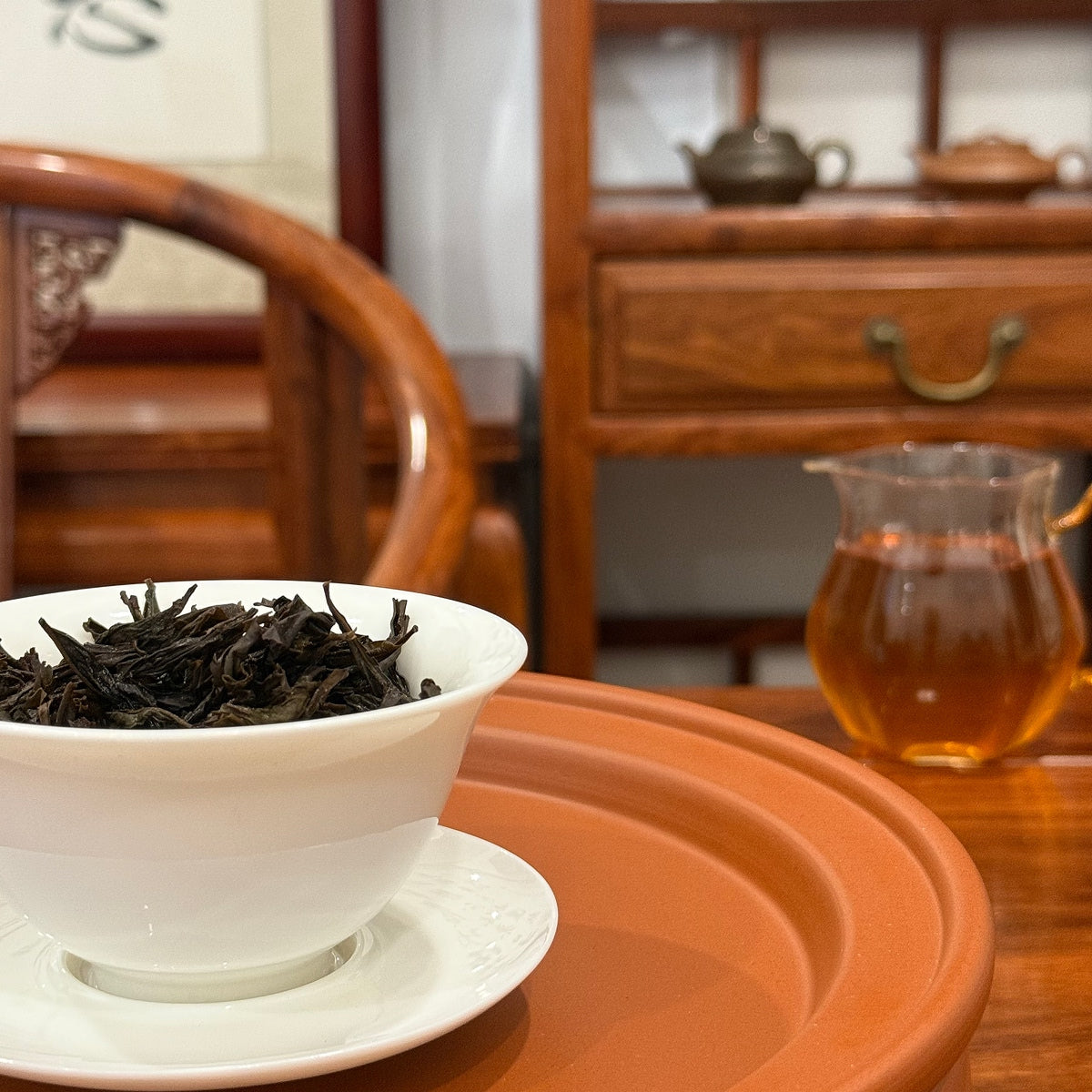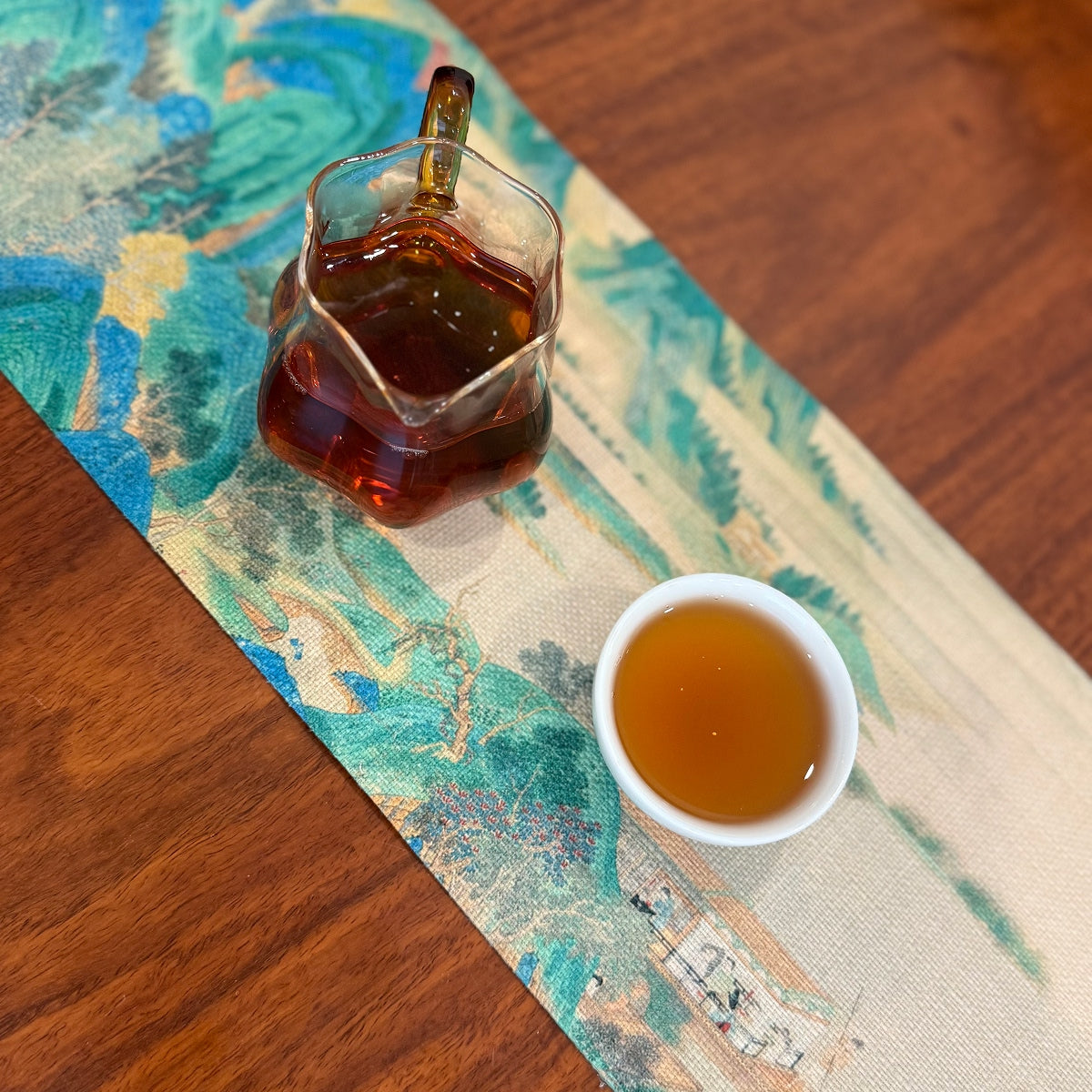In the heart of bustling cities, where skyscrapers dominate the skyline and the pace of life never slows, there exists a hidden gem that whispers tales of a bygone era—the traditional Chinese tea house.
These ancient sanctuaries, with their weathered wooden beams and tranquil courtyards, stand as living monuments to China’s rich cultural heritage. Today, we invite you to step into one such teahouse, a place where history, architecture, and the art of tea converge to create an unforgettable experience. Join us as we explore the allure of this centuries-old institution and uncover why it continues to captivate tea lovers and culture enthusiasts worldwide.

Chapter 1: The Architecture of Serenity – A Portal to Ancient China
A Hidden Gem in a Modern World
Tucked away in a quiet alley, shielded from the cacophony of urban life, the traditional Chinese tea house emerges like a time capsule. Its architecture—a harmonious blend of wooden lattices, sloping tiled roofs, and intricately carved eaves—stands in stark contrast to the glass-and-steel giants that surround it. This juxtaposition is no accident; it symbolizes the resilience of tradition in the face of relentless modernity.
The teahouse’s structure adheres to the principles of classical Chinese courtyard design, a style rooted in Confucian ideals of balance and harmony. As you push open the heavy wooden door, your eyes are immediately drawn to the open atrium, where red lanterns sway gently beneath a canvas of blue sky. This courtyard, framed by the teahouse’s main hall and side rooms, serves as a bridge between heaven and earth, a concept central to Chinese philosophy.
Masterful Craftsmanship: Eaves, Beams, and Lattice Windows
Every inch of the teahouse tells a story of artistry. The dougong brackets (interlocking wooden supports) that hold up the roof are not merely functional—they are a testament to the ingenuity of ancient Chinese builders. Similarly, the lattice windows (窗花, chuānghuā), adorned with carvings of peonies, cranes, and mythical creatures, reflect the belief that beauty lies in meticulous detail. These elements are more than decorative; they embody the fusion of Chinese architecture and tea culture, two pillars of the nation’s identity.

Chapter 2: The Soul of the Tea House – A Journey Through Tea Culture
The Art of Tea: From Leaf to Cup
At the heart of every Chinese tea house lies its most sacred ritual: the preparation and serving of tea. With over 30 years of expertise, the masters here have honed their craft to perfection. The process begins with tea selection—a delicate balance of season, region, and craftsmanship. From the grassy freshness of Longjing (Dragon Well) green tea to the earthy complexity of aged Pu’er, each variety carries its own narrative.
Take, for instance, the "Deep Mountain Tea, Spring 2023 | Wild Harvest" served here. Sourced from remote, mist-shrouded mountains, this rare green tea undergoes deep roasting, a technique that enhances its aroma and longevity. The result is a cup that dances on the palate—silky, floral, and lingering—a true reflection of nature’s bounty.
If you’d like to experience this exquisite tea at home, explore our Green Tea Collection for premium selections straight from the mountains of China.
The Tea Ceremony: A Dance of Precision
In this teahouse, brewing tea is elevated to an art form. The ceremony follows the Gongfu Cha (功夫茶) tradition, where every movement—from rinsing the leaves to pouring the water—is deliberate and graceful.
To recreate this authentic tea ceremony at home, check out our Teawares Collection, featuring traditional gaiwans, teapots, and tea trays.

Chapter 3: A Stage for Culture – Music, Stories, and Community
From Storytelling to Symphony
The teahouse’s main hall, with its antique wooden tables and vaulted ceilings, once echoed with the voices of storytellers and the melodies of Peking opera. Today, it serves as a cultural hub where tradition meets modernity. On weekends, the space transforms into an intimate venue for guqin (古琴) performances or Kunqu opera, drawing both locals and travelers. These events are more than entertainment; they are a lifeline for endangered art forms, ensuring their survival in the digital age.
A Sanctuary for Connection
In a world dominated by screens, the Chinese tea house offers something rare: genuine human connection. Here, strangers bond over shared pots of tea, elders recount tales of the past, and artists find inspiration in the tranquil ambiance. It’s a place where the phrase "以茶会友" (yǐ chá huì yǒu)—"meeting friends through tea"—comes to life.

Chapter 4: The Timeless Appeal – Why This Tea House Matters Today
A Microcosm of Chinese History
This teahouse is not merely a building; it’s a living museum. The cracks in its brick walls and the patina on its wooden beams are chronicles of dynasties, revolutions, and rebirths. By preserving these details, the teahouse offers a tangible link to China’s past—a past that might otherwise vanish in the rush toward progress.
The Chinese tea house is more than a relic—it’s a sanctuary for the soul. In its quiet corners, amid the aroma of freshly brewed tea and the echoes of ancient melodies, you’ll find a respite from the chaos of modern life.
Ready to experience the magic of traditional Chinese tea? Explore our Best Seller Teas Collections and bring a piece of this timeless tradition into your home today.
Whether you’re a history buff, a tea aficionado, or simply a seeker of beauty, this teahouse promises an experience that lingers long after the last sip.
Follow us for more journeys into China’s hidden cultural treasures. And if your travels ever bring you here, don’t hesitate to push open that wooden door—the stories, the tea, and the warmth of tradition await.



